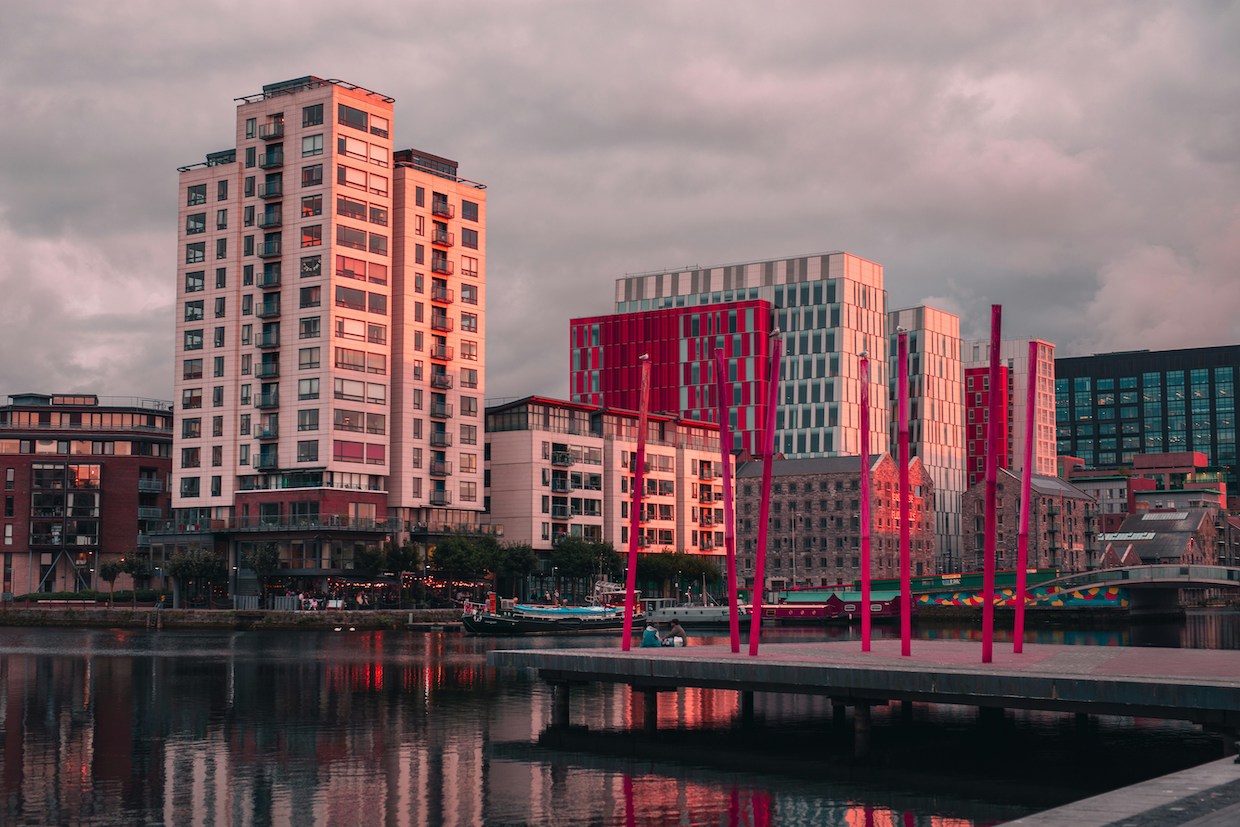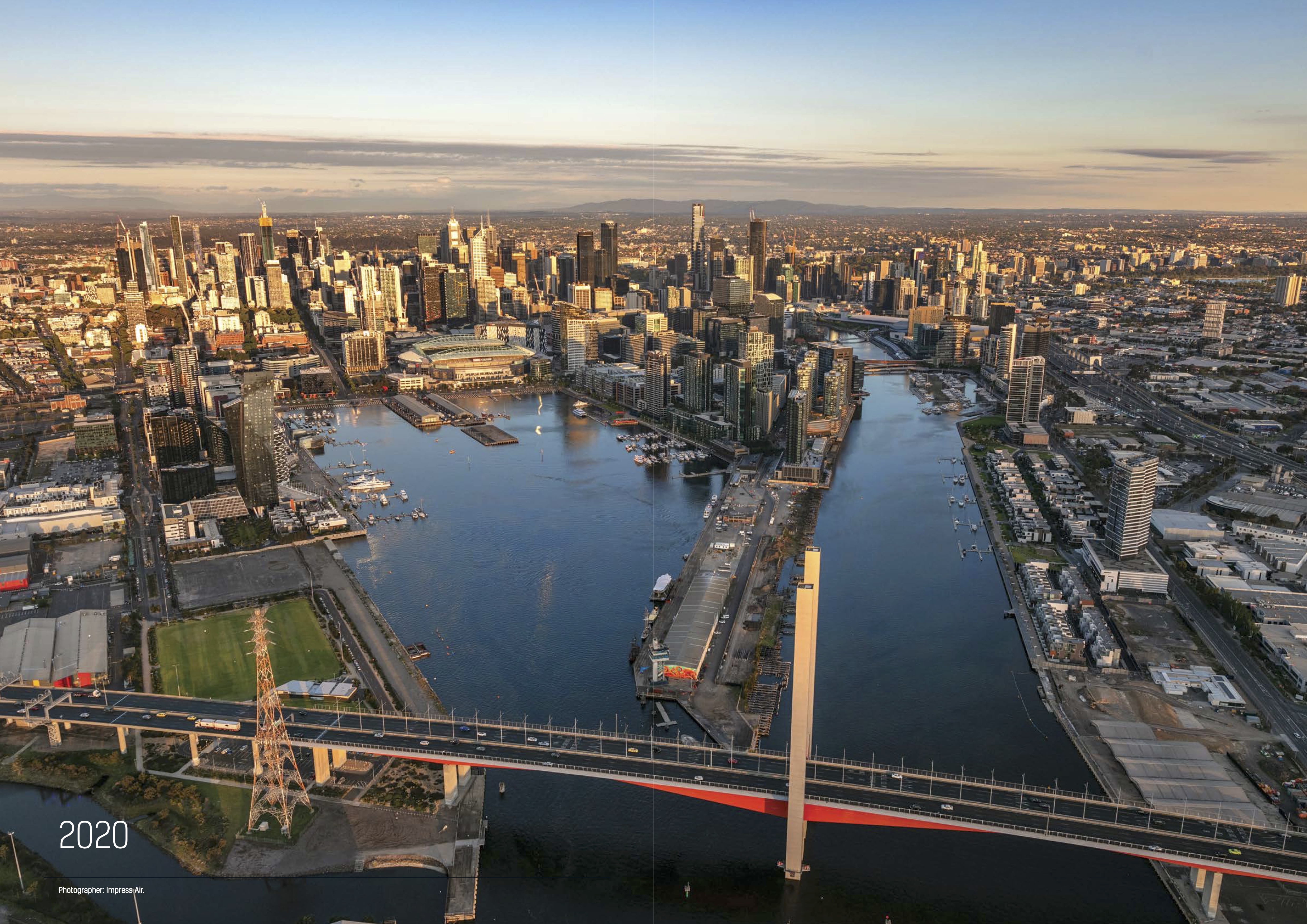Generation Rent: Professionalising Australia’s rental sector will yield dividends
.png)
Generation Rent: Professionalising Australia’s rental sector will yield dividends
As we have highlighted before, the best solution to addressing Australia’s housing crisis is a combination of interventions. Influencing demand and increasing supply (see Bedroom-blockers: Fixing the inefficient utilisation of housing stock). Even with such measures though, it will take a decade or more to fix the crisis. We must accept that more households will rent for longer. Professionalising the rental sector by facilitating the growth of institutionally held residential investment should be encouraged.

Build-to-Rent: What is it?
Build-to-Rent (BtR) comprises homes designed specifically for rent rather than for sale. They’re owned by commercial, rather than ‘mum and dad’ investors. To meet the BtR classification in Australia, a development must have at least 50 dwellings in a single building. It must be available to lease for at least three years. And provide tenants with access to common areas owned and managed by a single entity. Australia has an immature BtR market, but the concept is gaining momentum. According to Franklin Street, an investment advisor, there will be 10,000 operational BtR units in Australia by the end of this year1. With a further 52,000 units in the pipeline. The size of the asset class will rise substantially within only a few years.
Significant benefits: What does it means for tenants?
BtR provides a better experience for renters than the traditional rental model. Dealing with a professional landlord means the leasing process is quicker and easier. Standardised contracts would be implemented, and rental bonds may not even be needed.
There are inherent advantages to a BtR product. Such as a dedicated customer service team. Or an on-site concierge to help with any maintenance issues. There could also be a full-time handy/maintenance person on site. Who in turn would have access to spare parts to make repairs with broken fridges or stovetop cookers for example. This means tenants could get their repairs done in the matter of hours and not days or weeks. A BtR product will also provide tenants with greater security through longer leases.
The appeal to investors of BtR is access to a reliable, recession-proof and inflation-hedged income stream. There are diversification benefits as it spreads the risk across a large number of individual tenants. Real Capital Analytics (RCA) reporting shows that new development is largely funded by international capital. At least $1.5 billion last year per RCA (which is net additional investment for Australia). BtR is a win for tenants and investors alike. Tenants would get access to modern accommodation specifically designed for them. Designs not otherwise available in developments for sale.
Acknowledgement and support: State & Federal government should double down on backing BtR
BtR is not without controversy. Some perceive it as a way for exploitative landlords to fleece tenants. Critics point out that it diverts capital and land from conventional for-sale housing. The reality is, BtR delivers substantial benefits to both younger and older generations. Both of which will inevitably be renting for longer. So BtR will give them access to more choice and more modern stock. But also, a better rental experience, greater tenure security and rental stability.
Australian State and Federal Governments have provided sector tax incentives and planning support. These include land tax concessions, streamlined planning approvals, and deferred infrastructure contribution payments. They also include direct funding to pilot affordable BtR schemes. They also reduce withholding tax rates for managed investment trusts. These incentives are all designed to attract institutional investment. And stimulate long-term rental housing developments.
This support is vital for the sector. But it could go further to facilitate greater BtR investment and greater tenant benefits. Sydney in particularly could and should do more as it lags Melbourne and Brisbane in BtR. The extraordinarily high cost of land in Sydney is a key reason these projects struggle to be viable. The NSW Government amended planning legislation to enable BtR housing to be developed in business zones. These are zones usually prohibited for residential accommodation. The prohibition of (strata) subdivision means that BtR housing could be redeveloped into a business or other use at the end of its economic useful life.
A rising star: BTR is set for sustained growth which should be welcomed
The rise of BtR in Australia represents a strategic and much-needed evolution in the rental market. It addresses immediate rental needs for tenants. But also promises sustained improvements and stability for them. Government support plays a critical role in the fledgling sector’s expansion. This will ensure that the benefits of BtR are realised.
Embracing and encouraging this growth is essential for enhancing the rental experience. And providing modern, secure and stable housing solutions for Generation Rent. The burgeoning BtR market shows promise in Australia’s housing landscape. It signals a shift towards more professional and tenant–friendly rental options.
1. Franklin Street. (Q1 2024). “The BTR Database”. Accessible from: Build to Rent Projects Across Australia: January 2024 | Franklin St.
Related posts
Dive deeper into insights that matter to you.

The Election and Housing: Ireland’s Wake-Up Call for Oz

Australia’s Visitor Economy Rebounds: Insights from 2024-2025 ABS Data

Australian Data Centres: The State of Play for this Critical Sector

30 Years On: Has Docklands Been A Success?
Make smarter decisions
Get in touch with the Team to get an understanding of how we transform data into insightful decisions. Learn more about how Atlas Economics can help you make the right decisions and create impact using our expertise.
